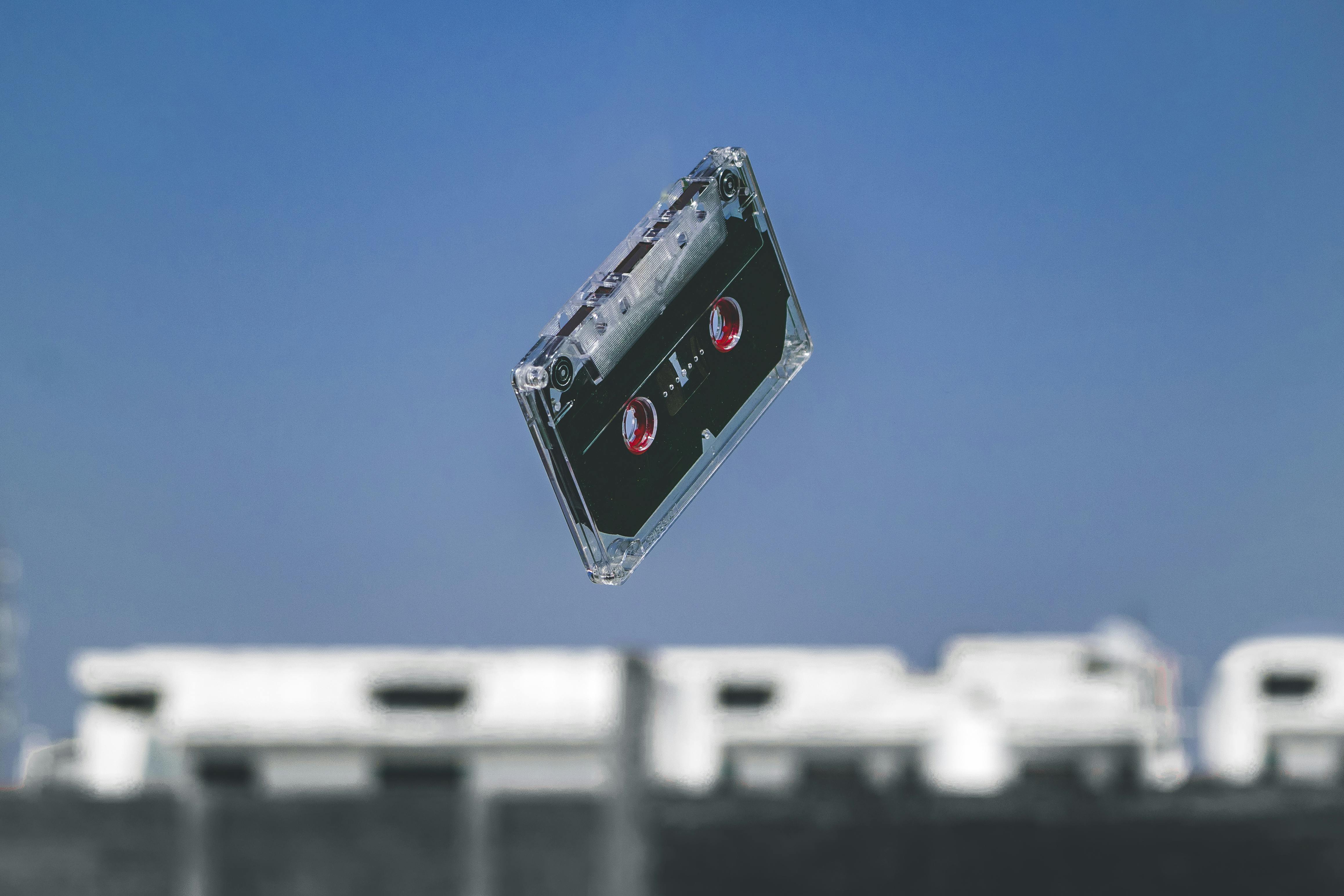Sewing machine tensions can be balanced by yourself, but you need to understand the number one mistake most sewers make. When trying to do this, there is one simple thing to remember.
The first thing I always do when I have a machine on the bench is clean the top tension discs. This is very easy to do and takes very little time. Find a piece of non-fuzzy material about 8 inches long and 2 inches wide (soft material will work best, such as non-fuzzy cotton).
Then raise the presser foot so the tension discs are open. This will allow you to get your material inside them and clean up any buildup of lint or thread that may get caught between them (look inside where the machine runs through the tension if it’s not right on the outside).
Now, with the material held in a position where you can move it back and forth or up and down, you’re ready to clear the tension. Put your material inside the disks and move it back and forth several times. When you’re done with this, just take a deep breath and blow hard right where you cleaned. Make sure your maximum tension is between 4 and 5 or right in the neutral position and you’re good to go.
Depending on whether your sewing machine has a drop bobbin or a spring bobbin, the actual cleaning will be the same, but I’ll try to separate them for you. With a drop in the bobbin, the needle plate and bobbin case must be removed from the sewing machine. Next, clean any accumulated debris on and around the shuttle. A cotton swab usually works well for this. Now, put a drop or two of oil right in the center of the shuttle (the shuttle is where you put the bobbin case).
Check to make sure the feed dogs don’t have debris built up between them (either the feed dogs or what’s feeding their material). If you see any buildup, simply take the old needle from your sewing machine and wipe it clean. Reassemble the machine, put on a new needle, screw it on and the machine should be ready to go.
For a snap coil, cleaning is pretty much the same. The needle plate does not have to be removed, but it should be, just to check for buildup between the feed teeth (the feed teeth are what move to feed material). If you see any buildup between them, take your old needle and clean it. Remove the bobbin case retaining ring and bobbin case.
Cleaning the bobbin case area – Coil under pressure. As in a drop on the coil, clean any buildup with a cotton swab. Put a drop of oil on the shuttle crescent and reassemble the bobbin case area. Put in a new needle and you should be sewing! (Make sure the top tension is set between 4-5 or right at the neutral position and you’re good to go.)
